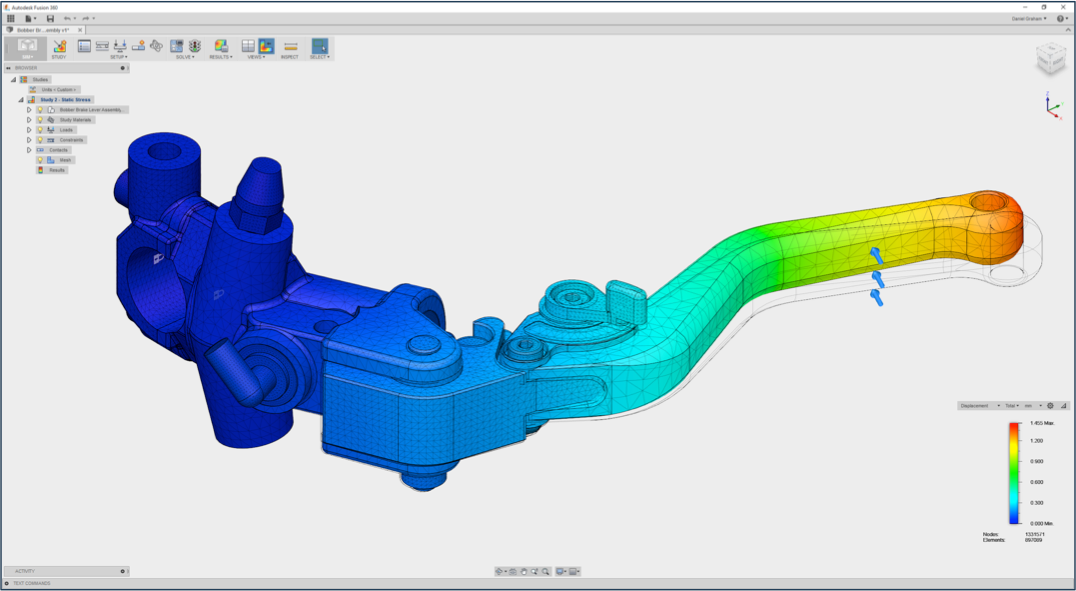

It wasn’t that long ago that that ASCI Red was the pinnacle of physical simulation via supercomputer. This opens up all kinds of possibilities for real-time simulated stress testing and destructive testing.

With both Nvidia and AMD now selling GPUs with built-in raytracing support, it won’t be long before we see applications that offer simultaneous photorealism rendering within modeling workflows.Īdditionally, GPUs also work extremely well as massively parallel computing units, ideal for physical simulations. Fusion 360’s rendering is CPU driven, whereas Unreal is GPU accelerated. I’m excited to see what can be done with these materials in a real-time engine, especially given the advanced features of Unreal Engine 5. We can access these different elements through the Appearance window in Fusion: Translucency/Opacity - how transparent a surface is to light Refractive -how light bends through a surfaceĮmissive - how much light a surface emits (glow) Reflectance/Specular/Metalness - the reflectiveness of a surface (ranging from mirror finish to a dull surface)Īnisotropy/Ambient Occlusion - the shadows along a surface Roughness - the smoothness of a surface (ranging from a sharp reflection to fuzzy/diffuse)

Normal and/or Height Maps - the bumps and imperfections along a surface PBR (Physically Based Rendering) materials are built from multiple images:Īlbedo/Diffusion/Color - the color a material reflects First, what does Fusion 360’s material library look like? ANATOMY OF FUSION 360 PBR MATERIALSīefore we can explore alternatives to Fusion 360’s included materials, we need to understand what elements these materials are made from. Want to bring your Fusion 360 designs to life? Then let’s take a look at a wonderful alternative to Autodesk’s built-in materials library.


 0 kommentar(er)
0 kommentar(er)
